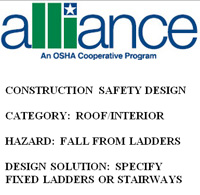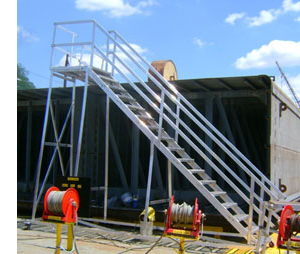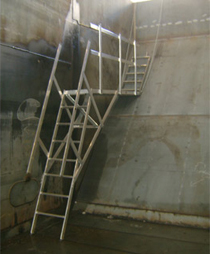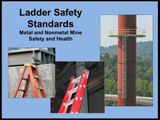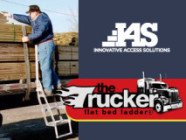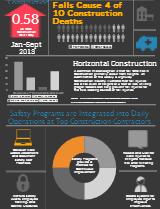OSHA has produced a number of resources in support of the national Fall Prevention Campaign since its inception in 2012. Perhaps the best opportunity for businesses to show support for this important OSHA initiative will arrive in June 2014 via the National Safety Stand Down for Fall Protection. OSHA is encouraging construction professionals nationwide to halt work activity during the week of June 2nd for the purpose of dedicating time to educate workers about the importance fall protection safety.
OSHA Fall Prevention Safety Stand Down
Employers, contractors, trade associations, government affiliates, unions, and professional societies are all encouraged to participate in the nationwide Fall Prevention Safety Stand Down event. OSHA is even providing a Certificate of Participation for employers that provide feedback to OSHA about their participation by July 15th.
Topics of discussion during your stand down event may include safety topics such as ladder safety, fall protection equipment, or scaffolds safety. Participants are invited to discuss work hazard identification and risk management, fall prevention best practices, and company safety policies. Stand Down for Safety will provide the opportunity to directly discuss a preventable and prevalent cause of death or injury in construction.
National Safety Stand Down Resources
In addition to the opportunity for businesses and organizations to take part in the National Safety Stand Down, OSHA will be sponsoring events nationwide and has provided free education and training resources in support of the cause.
- For Events in your area, check the Stop Falls Stand Down Regional Map
- Resources, Fact Sheets, Training Materials and more available at OSHA.gov
- The OSHA Stop Falls campaign site provides resources on an ongoing basis in support of Fall Prevention in Construction
IAS will be participating in the OSHA Fall Prevention Safety Stand Down 2014 and hope you are also excited to take part. We encourage you to share your Stand Down stories with us and invite you to call our office at (800) 388-6884 for the opportunity to collaborate, motivate and celebrate our mutual interest in preventing falls.


